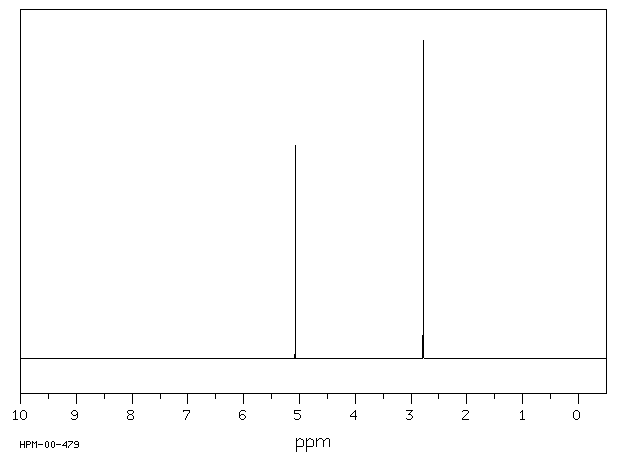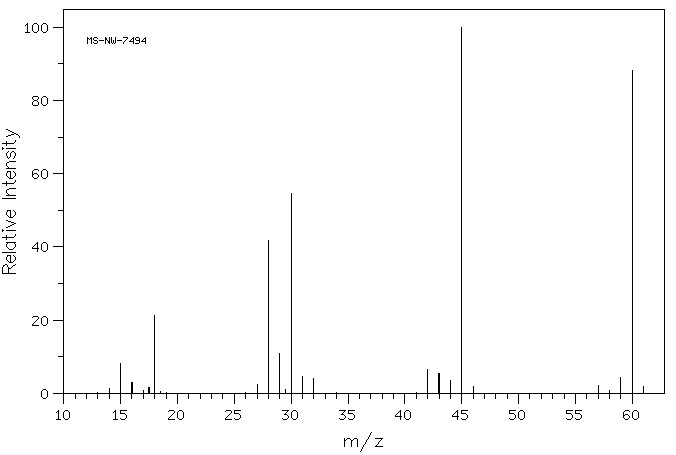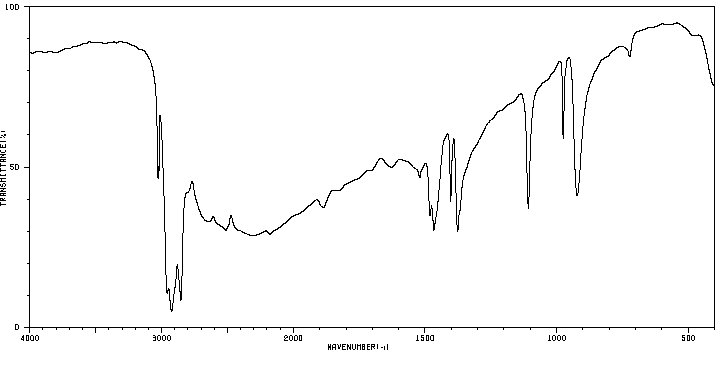毒理性
神经毒素 - 其他中枢神经系统神经毒素
职业性肝毒素 - 继发性肝毒素:职业环境中潜在的有毒效应基于人类摄入或动物实验的中毒案例。
高铁血红蛋白血症 - 血液中高铁血红蛋白含量增加;该化合物被归类为继发性毒性效应
溶血性贫血 - 血红蛋白减少或红细胞数量减少。
生殖毒素 - 对生殖系统有毒的化学物质,包括后代缺陷以及对男性或女性生殖功能的损害。生殖毒性包括发育效应。参见生殖毒性风险评估指南。
皮肤毒素 - 皮肤烧伤。
国际癌症研究机构致癌物 - 2类:国际癌症研究机构将化学物质分类为可能的(2a)或潜在的(2b)人类致癌物。
Neurotoxin - Other CNS neurotoxin
Occupational hepatotoxin - Secondary hepatotoxins: the potential for toxic effect in the occupational setting is based on cases of poisoning by human ingestion or animal experimentation.
Methemoglobinemia - The presence of increased methemoglobin in the blood; the compound is classified as secondary toxic effect
Hemolytic anemia - Decreased hemoglobin or number of red blood cells.
Reproductive Toxin - A chemical that is toxic to the reproductive system, including defects in the progeny and injury to male or female reproductive function. Reproductive toxicity includes developmental effects. See Guidelines for Reproductive Toxicity Risk Assessment.
Dermatotoxin - Skin burns.
IARC Carcinogen - Class 2: International Agency for Research on Cancer classifies chemicals as probable (2a), or possible (2b) human carcinogens.
来源:Haz-Map, Information on Hazardous Chemicals and Occupational Diseases









